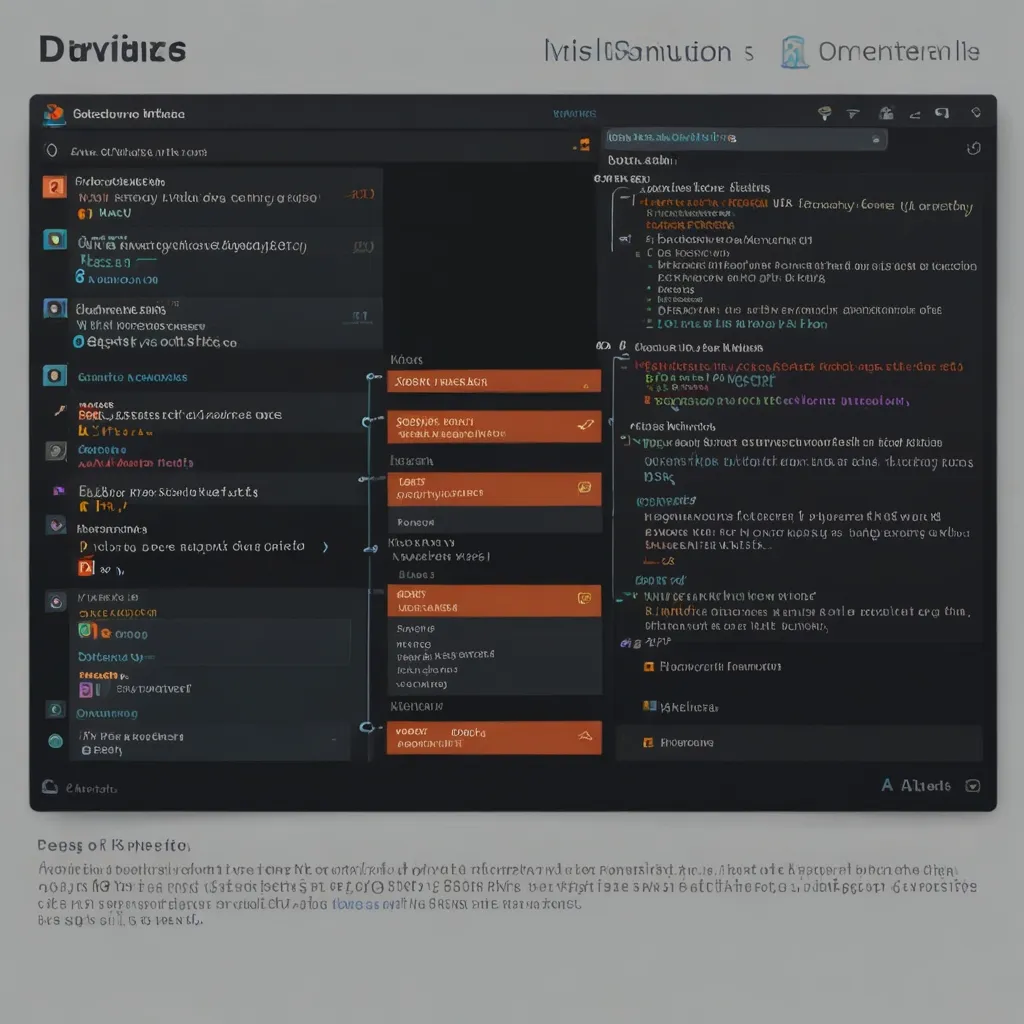Coding might seem like a pretty cut-and-dry business at first glance, but ask any seasoned developer, and they’ll tell you it’s more like art. You might be coding alone in your bedroom now, but imagine working on a massive project with a team of people. Suddenly, maintaining a consistent coding style transforms from a good idea into a necessity. Without it, you’re looking at one chaotic, unreadable mess.
When everyone’s on the same page about how to style their code, the benefits are huge. It makes the codebase neat and tidy, so anyone can dive in and understand what’s going on. This becomes especially important when new developers join the team, or when you need to revisit your own code months down the line. Think of it as speaking the same language — it saves time, prevents a lot of confusion, and makes those pesky bugs easier to squash.
One of the most fundamental aspects of this consistency is proper formatting and indentation. Think back to school when teachers harped on about neat handwriting. They weren’t just being picky; they knew that clear writing made things easier to understand. It’s the same with code. If you’re working with Java, for instance, the sweet spot for indentation is generally four spaces. This kind of uniformity helps to visualize the control flow and distinguish various code blocks.
Consider this Java snippet:
public class Example {
public static void main(String[] args) {
if (hours < 24 && minutes < 60 && seconds < 60) {
System.out.println("Time is valid");
} else {
System.out.println("Time is invalid");
}
}
}
Versus this nightmare:
public class Example {
public static void main(String[] args) {
if ( hours < 24 && minutes < 60 && seconds < 60 ) {
System.out.println("Time is valid");
} else {
System.out.println("Time is invalid");
}
}
}
The second chunk is quite the eyesore, isn’t it? Yes, you get the same output, but which one would you prefer sifting through for an error?
Naming conventions also play a huge role in maintaining code readability. Variables, functions, and class names should be descriptive enough to convey their purpose without additional comments. Taking the same Java-based example, naming variables with camelCase and class names with PascalCase is pretty standard:
public class UserAccount {
private String userName;
private int userId;
public UserAccount(String userName, int userId) {
this.userName = userName;
this.userId = userId;
}
public String getUserName() {
return userName;
}
public int getUserId() {
return userId;
}
}
When variables and classes are named in a consistent and meaningful way, other developers (and future you) won’t need a road map to figure out the code’s intent.
Despite the elegance of clean code, comments are still a lifesaver for particularly tricky sections. Good comments explain the why behind the code, not the what. Avoid stating the obvious because it clutters things up. Here’s an example of effective commenting:
// Validate the time input
if (hours < 24 && minutes < 60 && seconds < 60) {
System.out.println("Time is valid");
} else {
System.out.println("Time is invalid");
}
Handling errors consistently is another cornerstone of well-maintained code. It’s all about predicting where things might go wrong and making sure you’ve covered those bases. In the Java world, try-catch blocks are your friends for managing exceptions:
public void readFile(String filePath) {
try {
File file = new File(filePath);
Scanner scanner = new Scanner(file);
while (scanner.hasNextLine()) {
System.out.println(scanner.nextLine());
}
scanner.close();
} catch (FileNotFoundException e) {
System.out.println("File not found: " + e.getMessage());
}
}
With this method, any error is not just swallowed silently; it’s logged clearly. This consistency across the codebase is invaluable when it comes to debugging.
Organization is another piece of the puzzle. Sure, it might be tempting to throw everything into one giant file folder, but separating your code into logical sections or modules makes life a thousand times easier later on. Here’s a handy example of a Java project structure:
com.example.project
├── main
│ ├── java
│ │ ├── com
│ │ │ ├── example
│ │ │ │ ├── project
│ │ │ │ │ ├── controllers
│ │ │ │ │ ├── models
│ │ │ │ │ ├── services
│ │ │ │ │ └── utils
│ │ │ │ └── Main.java
│ │ │ └── ...
│ │ └── ...
│ └── ...
└── ...
When the structure is laid out like this, anyone can jump in and find what they need without breaking a sweat.
There’s some good news for those of us who might have a hard time keeping all these details straight in our heads. Plenty of automated tools can lift some of that weight off your shoulders. For Java coders, tools like Eclipse’s formatter or Checkstyle can keep your code looking sharp by enforcing those pesky style rules for you.
Dipping your toes into industry-standard coding guidelines is another smart move. Guidelines like Oracle’s Java Code Conventions are basically a playbook on how to write your code in a way that meshes well with what most other developers expect. Conforming to these guidelines makes collaboration smoother and the code more intuitive for anyone else who might be reading (or debugging) it later on.
Changing habits is never easy, and consistency in coding style is no exception. It helps a lot if everyone on the team is onboard. Leaders should explain the whys behind the rules and show real-world cases where following the standard led to better outcomes. This kind of buy-in is crucial for maintaining team-wide consistency.
Last but certainly not least is keeping your code style guides up-to-date. The tech world evolves quickly, and what worked two years ago might not be the best practice anymore. Regularly revisiting and tweaking these guidelines ensure that your code stays modern and the team efficient.
In closing, a consistent coding style is more than just a set of rules; it’s a practice that contributes to the health and longevity of your codebase. Whether it’s a small side project or a sprawling enterprise application, maintaining a uniform style pays off in spades. It ensures that your code is readable, maintainable, and scalable — making life easier for your team and the future developers who’ll thank you for not leaving them wading through an indecipherable mess.






